SARAH ANN, W.Va. — A new entrance to a historic Hatfield Cemetery in southern West Virginia is making it easier for visitors to pay respects at the graves of William Anderson “Devil Anse” Hatfield and his family, a key site for Appalachian history enthusiasts.
Once a difficult climb, the cemetery—long a pilgrimage destination for thousands exploring the story of the Hatfield-McCoy feud—can now be reached via a new footbridge and a graded gravel path leading from a paved parking area. The improvements provide safer access, though erosion remains a concern within the cemetery.
“This has been a wonderful experience,” said Craig Buckley of Raleigh, North Carolina, who visited with his wife, Carol, while touring the region’s off-road trail system by ATV. “The old way in was an ankle-buster, but this new trail is a real pleasure. It’s still a climb, but we’re not likely to slip and slide on rocks and mud.”
ATVs can no longer drive up to the cemetery, but the new design makes the walk uphill more manageable. It requires exertion but is no longer dangerous.
Interest in the site surged in 2012 when a television miniseries revived fascination with the feud. Previously, visitors faced a steep, rocky ascent made worse when shade trees were removed, allowing undergrowth to overtake the cemetery.
The Hatfield Cemetery and the feud legacy
The feud, waged between the Hatfields of West Virginia and the McCoys of Kentucky from 1863 to 1891, remains one of the most famous conflicts in Appalachian history.
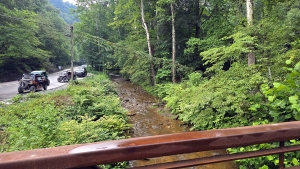
Jackie L. “Jack” Hatfield Jr., owner of the nearby Hatfield Homeplace and president of the Hatfield-McCoy Family Foundation, said the new entrance marks a turning point for heritage tourism in the region.
“Thanks to a major investment by the Logan County Commission, visitors now have a brand-new bridge and entryway leading directly to the Hatfield Cemetery,” Hatfield said. “This improvement not only makes access safer and more convenient but also ensures that future generations can continue to honor and remember the Hatfield legacy.”
He added that the project underscores the county’s commitment to both historic preservation and sustainable economic growth through tourism.
Visiting the Hatfield Cemetery and nearby trails
The Hatfield Cemetery sits less than a mile from a branch of the Hatfield-McCoy Trails, a 1,000-mile recreational trail system that attracts more than 100,000 riders, hikers, and outdoor adventurers each year.
From the parking lot, visitors should expect to climb about 80 feet over a 200-foot stretch at the start of the trail before reaching an 800-foot level walk through the woods to the cemetery. The trail is open year-round.
Devil Anse Hatfield: Life, legacy, and burial at the Hatfield Cemetery
William Anderson “Devil Anse” Hatfield remains one of the most recognizable figures in Appalachian lore—his name forever linked with the infamous feud between the Hatfields of West Virginia and the McCoys of Kentucky.
Born in 1839 in what was then Logan County, Virginia (now West Virginia), he grew up in the rugged Tug Fork Valley along the borderlands of the two states. A Confederate soldier during the Civil War, he returned home to become a successful timber merchant and landowner, known for his imposing stature, charisma, and fierce loyalty to his kin.

The Hatfield-McCoy feud, which erupted in the late 19th century, has become a symbol of Appalachian conflict and family pride. Though similar disputes flared in the region, this feud captured national attention for its drama, bloodshed, and longevity. Lasting from 1863 to 1891, it spanned nearly three decades and claimed at least a dozen lives, though some estimates run higher.
At the heart of the conflict were tensions over land, politics, and economics. The Civil War deepened divides, with the Hatfields siding with the Confederacy and the McCoys largely backing the Union.
Disputes over property and timber rights escalated, but the feud’s most famous spark came in 1878 when Randolph “Ol' Ran’l” McCoy accused a Hatfield of stealing his hog. Though seemingly trivial, the case widened the rift between the families and drew in allies on both sides of the Tug Fork.
The violence intensified in the 1880s. Several McCoys were killed in ambushes, and on New Year’s Day in 1888, the Hatfields attacked the McCoy homestead, killing two of Randolph McCoy’s children and severely beating his wife.
The brutality shocked the nation, and newspapers as far away as New York and Chicago carried sensational accounts. The feud became a national spectacle, feeding stereotypes of Appalachian lawlessness while obscuring the real social and economic struggles of the mountain region.
Devil Anse, though feared for his leadership, was also respected. In his later years, he distanced himself from the feud’s violence. In 1911, he was famously baptized in Island Creek, a symbolic act of reconciliation with his past. When he died in 1921, he was buried in the family cemetery at Sarah Ann beneath the life-size marble statue commissioned by his children.
Two of several Hatfield cemeteries in the region are listed on the National Register of Historic Places.
How "Devil Anse" became a symbol of change in Appalachia
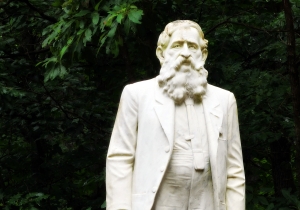
LOGAN, W.Va. — By the time the world would come to know him as “Devil Anse,” Anderson Hatfield had already left a significant mark on West Virginia—not for bloodshed or bullets, but for business. Long before the famous Hatfield-McCoy feud erupted into violence, Hatfield was a man caught between two worlds—the self-reliant, traditionalist Appalachia of his time and the increasingly modernizing, market-driven America. READ THE FULL STORY HERE.
Map showing the location of Hatfield Cemetery at Sarah Ann, West Virginia
Sign up to receive a FREE copy of West Virginia Explorer Magazine in your email weekly. Sign me up!
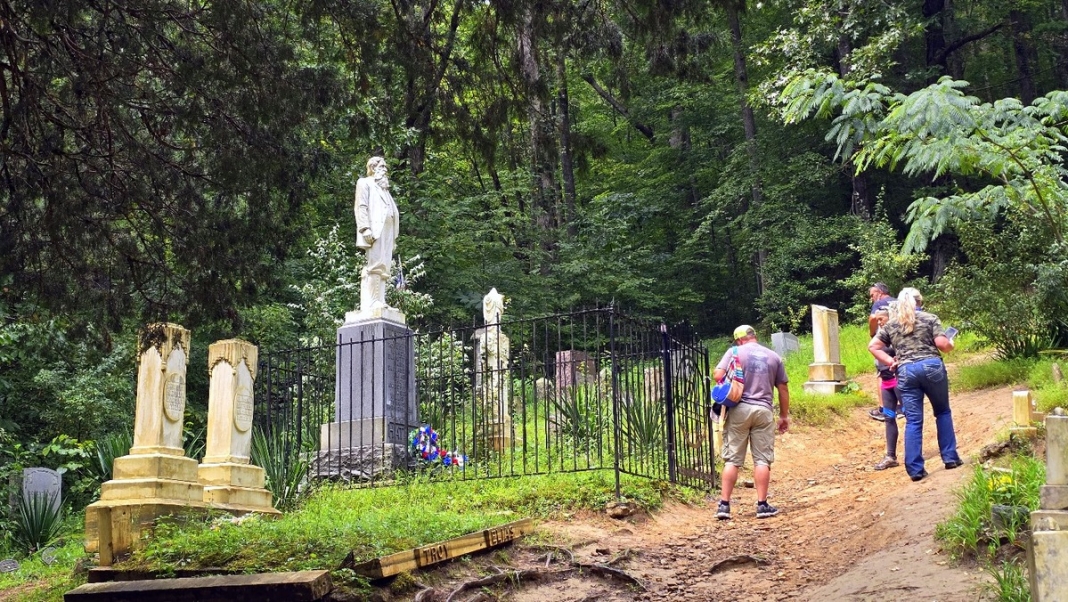
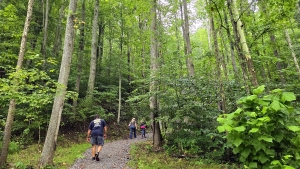
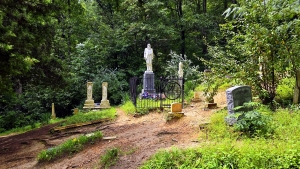
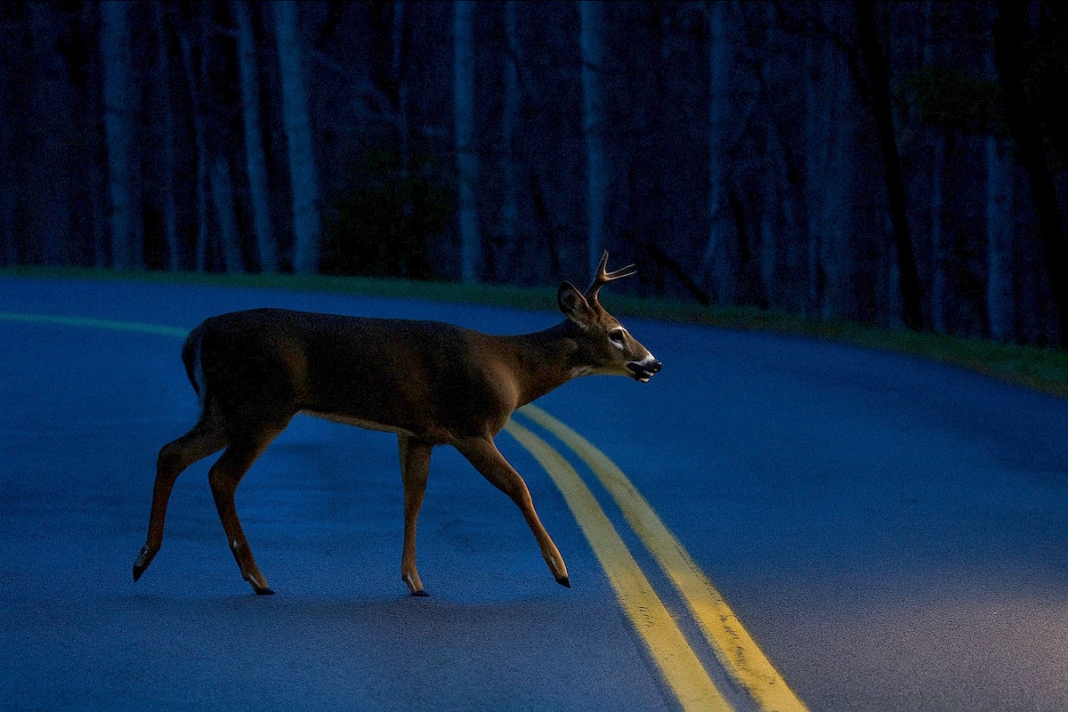

Thank you for showing the new entrance! The other road up the hill is way too rugged for anyone to use anymore. I would recommend using the new entrance instead of the old one! Great article!
Been there many times.have a little sister buried at Devil Anse feet.,Helda Hetty Richards,buried 1923.only rock for Headstone.would love to visit again last time there,we went up on 4 wheel drive,very rough.some of my kind,married in Devil Anse Family.Hope to visit once more...Also went to little place at bottom of hill,ang donated to help keep Devil Anse grave up..I'm a Richards from Logan County. Thanks and God Bless.
What a biased story. According to this story the Hatfields did all the killing and this story makes them look like saints.
He killed enough to be swimming in blood. And now pilgrimage is being made there. Oh yeah, the times are very weird.
Waiting now for a flying saucer.
This is terrific news! My husband and I just took the old way last month and about needed a hole dug for us 😆
I also have a great uncle, and Great Great Grandparents, and others at the Hatfield family cemetery but have no idea of the connection. Did you have to be family or a close association to be buried there? Maybe there was a section for paupers? Any information would be greatly appreciated!